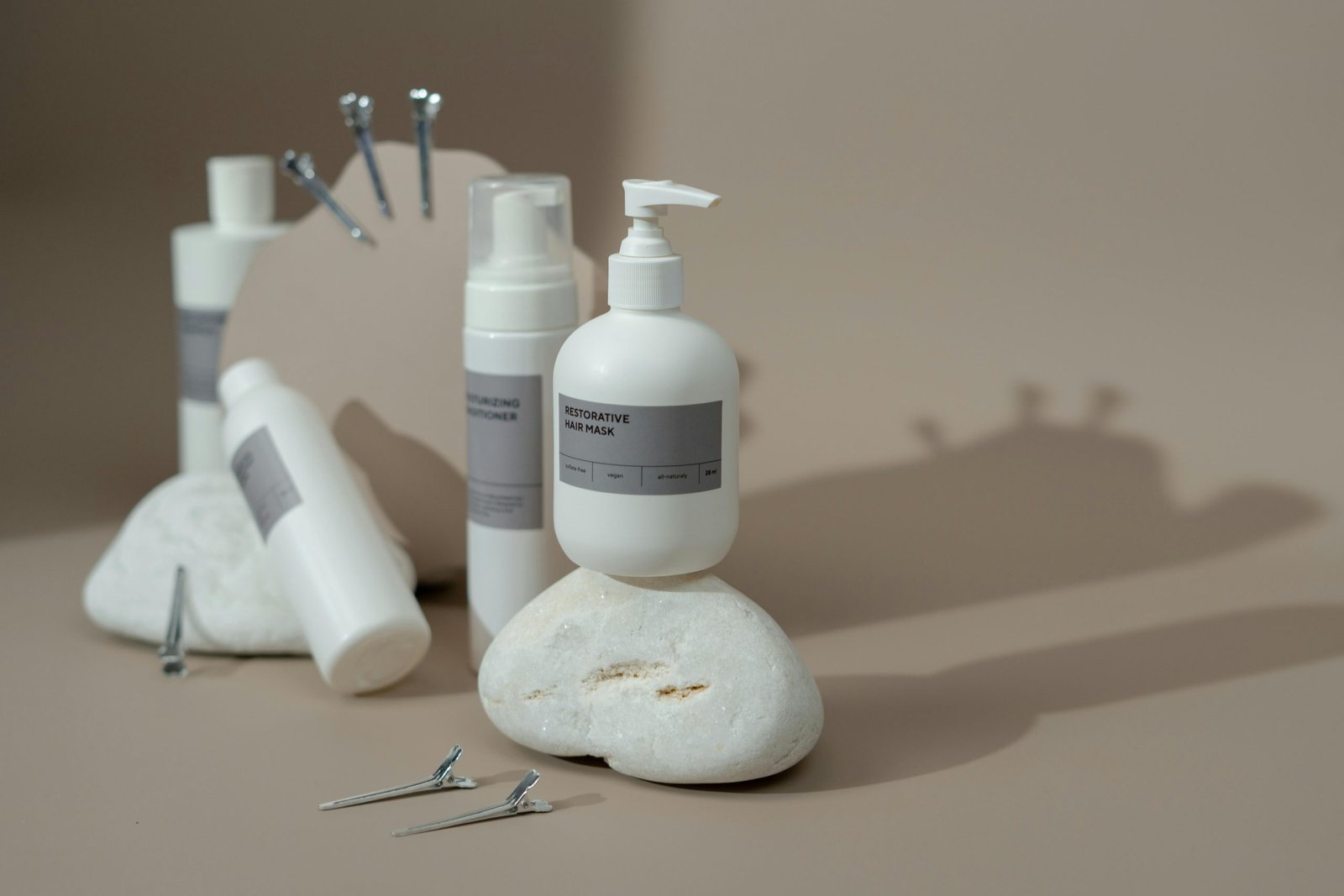In today’s competitive market environment, beauty salons have sought to differentiate themselves, with the creation of private label shampoo and other care products through OEM becoming a favored path. This strategy not only effectively conveys the salon’s unique concept, but also greatly promotes in-store sales and brand promotion. In this paper, we will start from the motivation of beauty salons to adopt OEM, discuss in detail its placement method and production and management points, and finally summarize a set of successful implementation strategies.

Introduction
OEM, i.e. Original Equipment Manufacturer production, allows beauty salons to personalize their brands by putting their own labels on off-the-shelf products. This model not only reduces the cost of product development and production, but also accelerates the speed of product launch, bringing salons a significant competitive advantage. For example, by introducing shampoo with hair care ingredients and using “recommended by professional hair coloring stores” as a selling point, professional hair coloring stores not only solved customers’ worries, but also enhanced the professionalism and trust of the brand.
Advantages of Private label shampoo
1. Deepening of concept dissemination
OEM products provide a direct carrier for beauty salons to convey the brand concept. A beauty salon emphasizing the concept of natural and organic can integrate this concept into daily products such as shampoo and care products through selected raw materials, unique fragrance and environmentally friendly packaging, so that customers can feel the unique charm of the brand in every use. This subtle influence not only deepens the customer’s identification with the brand, but also promotes the sales of products in the store.
2. Ensure customer loyalty
OEM products give the salon a unique market positioning, so that customers can enjoy the service at the same time, but also to buy the salon’s specialty products. This “exclusive” feeling greatly enhances the customer’s sense of belonging and loyalty. When customers find that only in this salon can buy the desired products, they will naturally become repeat customers, and even actively recommended to others.
3. Flexible Pricing Strategy
OEM products such as private label shampoo give salons more autonomy in pricing. Through accurate market positioning and high-quality products, salons can set product prices at a relatively high level, thus differentiating themselves from ordinary products in the market. Of course, the pricing strategy needs to be considered in conjunction with the target customer base, product cost and market competition to ensure that the price is reasonable and acceptable.
Implementation Steps and Points
1. Determine the product concept
First, the salon needs to define its own characteristics, target customers and product content. For example, a salon that specializes in men’s haircuts can launch portable and efficient styling products to meet the daily needs of business people. The product concept should be simple and clear, and can quickly capture the attention of customers.
2. Setting sales price and target
After determining the product concept, the salon needs to set a reasonable sales price based on cost, market value and customer acceptance and other factors. At the same time, it is also necessary to set clear sales targets, such as quarterly or annual sales, customer growth rate, etc., in order to track the progress and adjust the strategy at the right time.
3. Product development and testing
Work closely with OEMs to create samples based on product concepts and conduct multiple tests. During the testing process, we need to collect feedback from employees and customers to optimize and improve the product. At the same time, we also need to pay attention to the safety and functionality of the products to ensure compliance with relevant laws and regulations and industry standards.
4. Packaging design and marketing
Packaging is the second face of the product, its design needs to be compatible with the product concept and brand image. Beauty salons need to choose a professional design company or team for packaging design to ensure its uniqueness and attractiveness. In terms of marketing, it can be combined with online and offline channels, such as social media marketing and in-store promotions, to increase brand awareness and reputation.
Conclusion
Creating a private label shampoo through OEM for a beauty salon is a complex and systematic project that requires comprehensive consideration and careful planning in many aspects, from product concept, pricing strategy, product development to marketing. However, once successfully implemented, it will bring significant competitive advantages and economic benefits to beauty salons.Therefore, beauty salons should actively explore and practice the OEM model, constantly innovate and optimize their own brand system to meet the market demand and customer expectations. If you find a reliable private label shampoo manufacturer, it will be much more convenient and the chances of success will increase.







